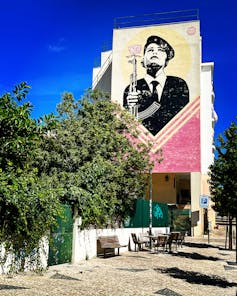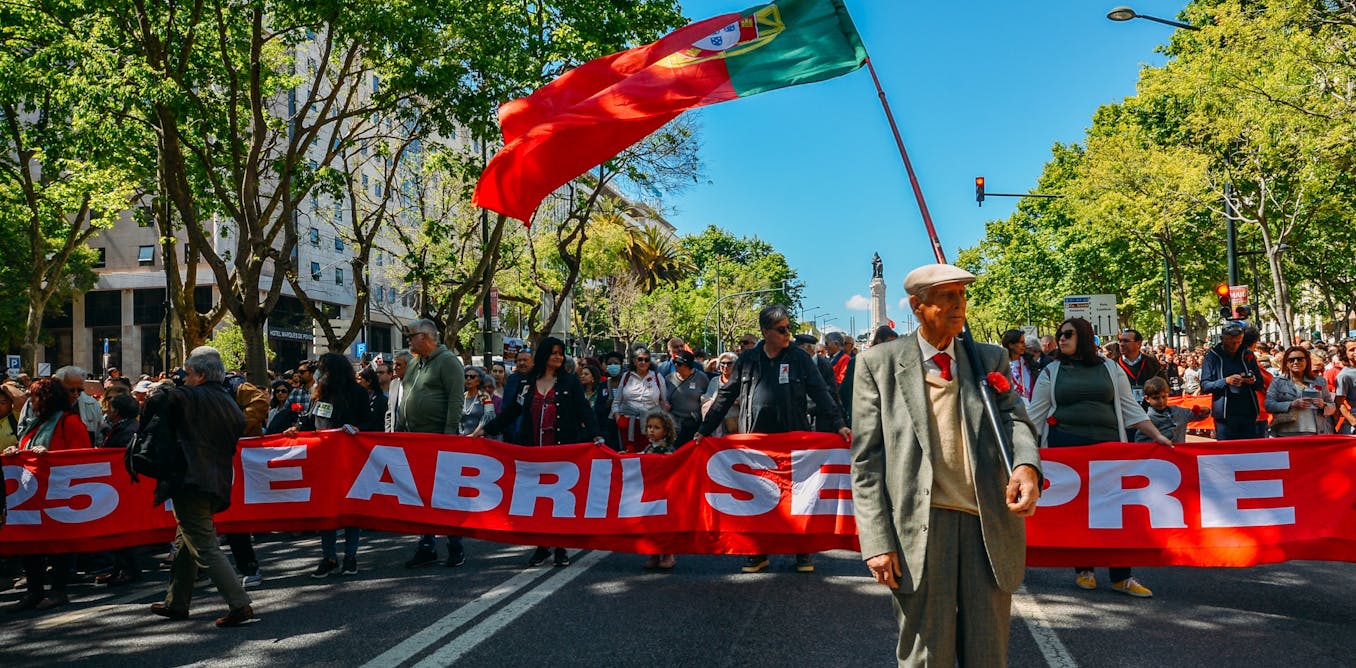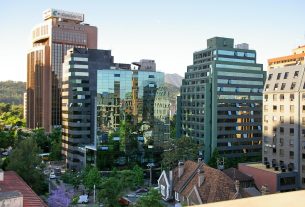|
Getting your Trinity Audio player ready...
|
Across Portugal, a number of photography exhibitions are currently on display that commemorate the ousting of the Estado Novo, the dictatorial, authoritarian and corporatist political regime that had ruled the country since 1933.
The work of photographer Alfredo Cunha features prominently in many – he authored a book compiling the most emblematic images of this period. Many of those who organised the revolution are still alive today and have been present at events to mark the anniversary.
Fernando Camacho Padilla
The roots of the revolution
In April 1974, over a decade of colonial wars had left Portugal’s army fatigued, yet Marcelo Caetano – who succeeded prime minister António de Oliveira Salazar in 1968 – was still unwilling to let go of African territories. This led a section of the country’s army to rise up.
Carlos de Almada Contreiras, a captain in the Portuguese navy, played a prominent role in the revolution. It was he who instructed that the song “Grândola Vila Morena”, an ode to fraternity, be the signal to commence the military operation that morning.
De Almada Contreiras has said that the idea of using a song as a signal to the troops came from the coup staged by Pinochet in 1973, which they had learned about from the Libro Blanco del cambio de gobierno en Chile (White Paper on the Change of Government in Chile). This document had just been published by the Chilean armed forces to justify their actions against Salvador Allende’s democratic government on 11 September 1973.
Interestingly, the reforms implemented in Portugal from the revolution on 25 April 1973 to November of the same year bore many similarities to the Popular Unity movement in Chile (1970-1973), especially its agrarian reforms.
International support
Though the Portuguese revolution caused uproar and turmoil in Spanish society, there has been little reflection on Salazar’s relationship with Spanish dictator Francisco Franco. Some researchers have recently published books on Spanish-Portuguese relations before and during the revolution which demonstrate its historical impact and relevance. María José Tiscar, for example, argues that Franco repaid Salazar’s help during the Spanish civil war with political, military and diplomatic support during the Portuguese colonial war (1961-1974), sometimes covertly.
Even less attention has been paid to Cuba’s role in the Carnation Revolution: while the Caribbean nation was not directly involved in the events, it did play an indirect part. From 1965 onward, Cuba provided support in training guerrilla forces from the colonial liberation movements fighting the Estado Novo, first in Guinea Bissau and Cape Verde, and then in Angola and Mozambique.
In addition, around 600 Cuban internationalists fought alongside the PAIGC (African Party for the Independence of Guinea and Cape Verde) in Guinea Bissau against the Portuguese army, and a smaller group in Angola for a short period.
In 1969, Cuban army captain Pedro Rodríguez Peralta was captured by Portuguese paratroopers near the border with Guinea-Conakry, and was transferred to Lisbon shortly after. He remained there until the fall of the Estado Novo, when he was released and allowed to return to Cuba.
Several members of the armed wing of the Portuguese Communist Party, known as the Armed Revolutionary Action (ARA), were also trained in Cuba. The ARA committed several attacks and acts of sabotage in Portugal in the early 1970s.
A year after the final departure of Portuguese troops from Africa in 1976, the Portuguese far-right, with the support of the CIA, bombed the Cuban embassy in Lisbon, claiming the lives of two diplomats. This was done in revenge for Cuban actions against the Estado Novo.
Celebrating peace

Fernando Camacho Padilla.
In recent weeks, Lisbon has been plastered with countless posters commemorating the 50th anniversary of the revolution. Images abound of young soldiers with carnations in their rifles, and of the joyous faces of those celebrating the fall of the Estado Novo. The city’s streets and boulevards are also adorned with many murals paying tribute to the events of 25 April 1974.
Such celebration is unique in Western Europe. No other country in the region has so recently experienced a revolution that gave way to its current democratic government.
Unlike other countries that had conservative dictatorships after the Second World War, the Portuguese Right shows little nostalgia for the days of António de Oliveira Salazar, or for the Estado Novo. This lack of nostalgia is reflected in actions such as the opening of archives housing the dictatorship’s documents to the public.
The only exception can be found among certain leaders of the extremist far-right party Chega, which recently had its strongest ever electoral performance in March this year.
Democratic revolution
Five decades after the revolution erupted, Portugal has followed a unique path to democracy.
Once the Estado Novo and its apparatus of oppression had been dismantled, power was swiftly handed over to civilians, and military officials ceased to hold political positions.
Portugal also fulfilled its pledge to grant full independence to its colonial territories. There were no attempts to establish a system of neocolonial rule which could have allowed the country to maintain political influence, or to grant Portuguese businesses control over sectors of the economy in former colonies.



